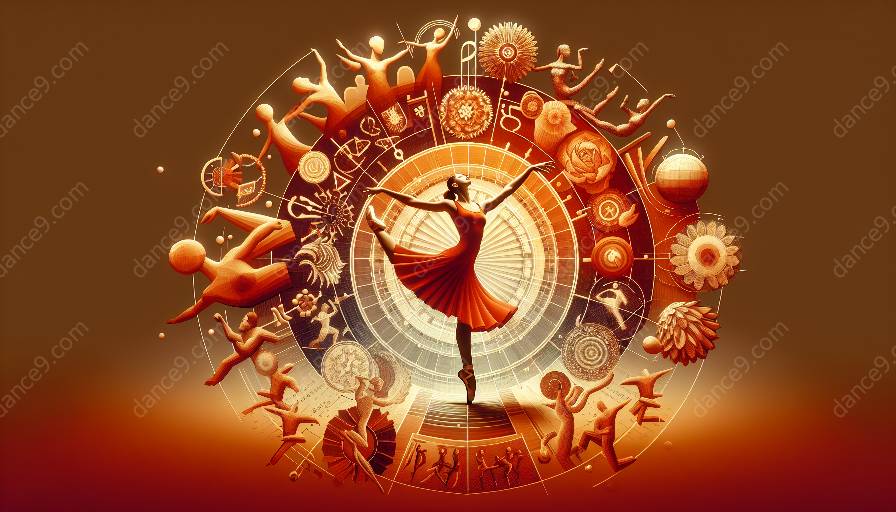Dance anthropology provides a rich avenue for exploring the intricate intertwining of gender and identity studies within the realm of dance. This intersection offers a profound insight into how dance acts as a reflection and shaper of cultural, social, and gender identities. By delving into this complex connection, we can unravel the ways in which dance embodies, expresses, and challenges gender roles and identities.
Understanding Dance Anthropology
Dance anthropology encompasses the study of dance within various cultures, societies, and historical contexts. It delves into the significance of dance as a form of communication, ritual, artistic expression, and social interaction. This interdisciplinary field employs theories and methodologies from anthropology, sociology, ethnomusicology, and performance studies to scrutinize the role of dance in shaping human experiences and societal structures.
The Interplay of Gender and Identity
When examining dance from a gender and identity studies perspective, it becomes evident that dance serves as a multifaceted platform for individuals to embody and negotiate their gender identities. It is a space where traditional gender norms, as well as fluid and non-binary expressions of gender, can be manifested and celebrated. Additionally, dance provides a fertile ground for the exploration of personal and collective identities, encompassing facets such as ethnicity, race, sexuality, and social class.
Dance as Cultural Mirror
Within the context of dance anthropology, gender and identity studies shed light on how dance acts as a cultural mirror, reflecting and reinforcing societal norms and values related to gender. Different dance forms, movement styles, and choreographic conventions often encode and perpetuate gender expectations and power dynamics within specific cultural and historical settings. This reflection extends beyond the movements themselves, encompassing costumes, narratives, and the roles assigned to dancers.
Uncovering Subversion and Resistance
Analyzing the intersection of dance anthropology with gender and identity studies also unveils instances of subversion and resistance within the realm of dance. Individuals and communities often utilize dance as a tool to challenge prevailing gender norms and power structures, thereby asserting agency and renegotiating their identities. This defiance can take the form of innovative choreographic practices, performances that defy gender stereotypes, or the reclamation of cultural dances for empowering marginalized identities.
Embodying Gender and Identity
The embodied nature of dance makes it an especially poignant site for investigating how gender and identity are enacted and negotiated. Through movement, gestures, and bodily expressions, dancers embody and perform diverse gender identities and cultural affiliations. The concept of

















